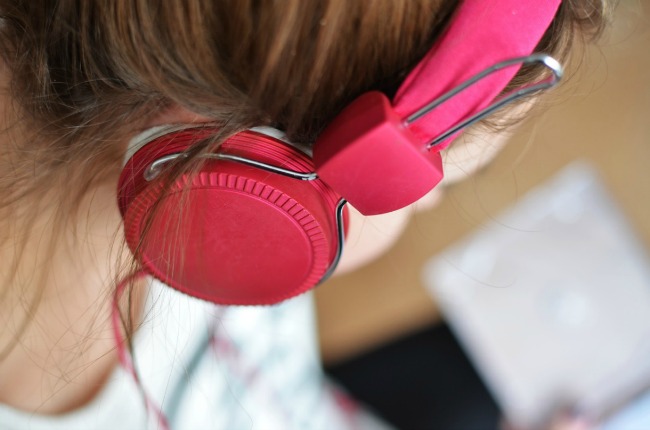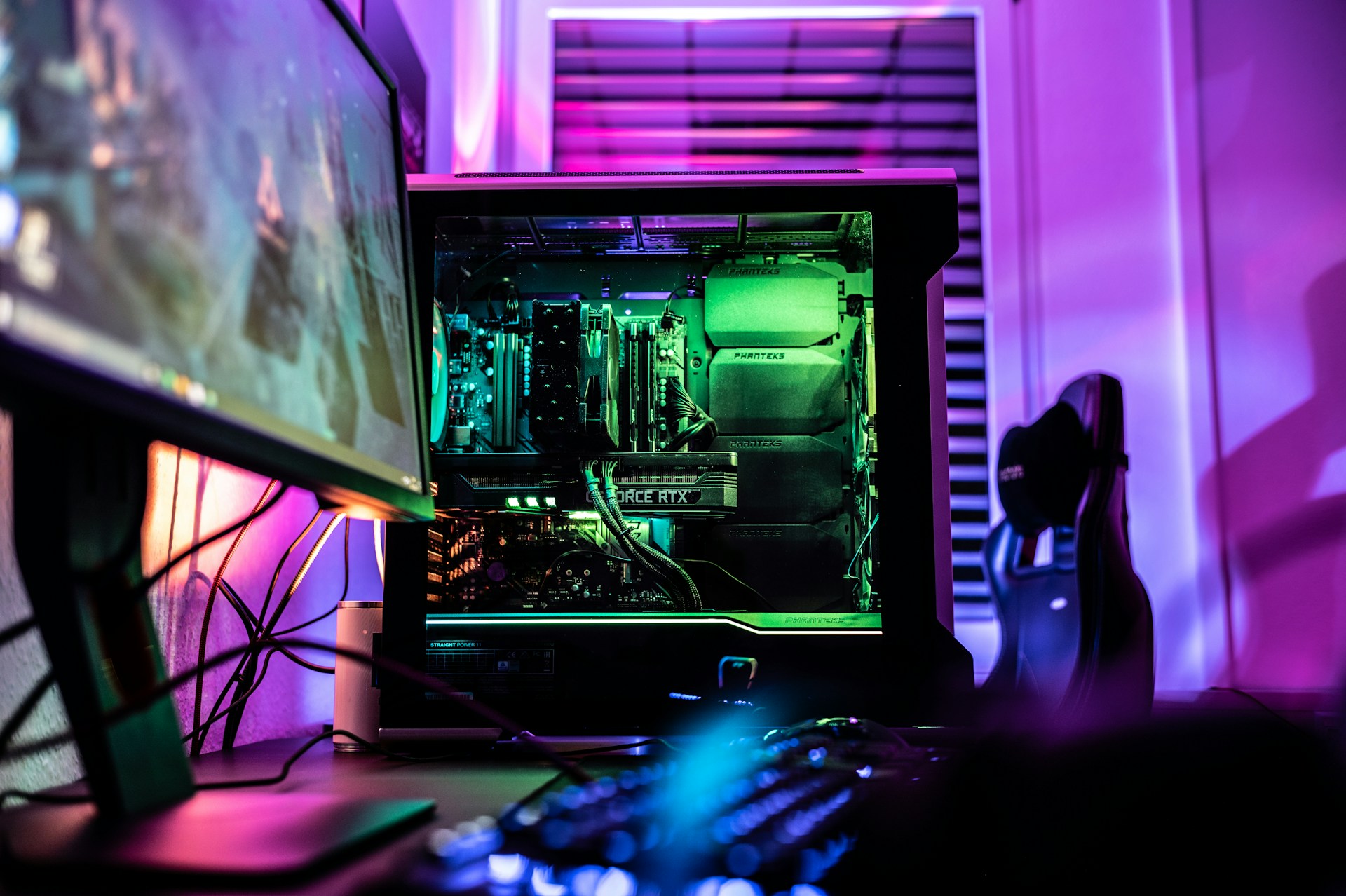Need to kick things up a notch at work? Maybe a pair of headphones might help — specifically, the noise-cancelling type.
You might be wondering how noise-canceling headsets work since wouldn’t being noise-canceling mean reducing or eliminating all sounds? The short answer is no. They don’t let unwanted sounds reach your ears, but they still allow you to hear the music, audio book, podcast or whatever else you might want to listen to.
How Noise-Cancelling Headsets Work
Headsets control noise in two ways: isolation and cancellation. Noise isolation, also known as “passive noise control,” is pretty straightforward. Like earplugs, it keeps noise from getting into your ears. Noise cancellation, on the other hand, is more “active.” Instead of just keeping out sound waves, it generates a frequency 180 degrees out of sync with the incoming noise, effectively cancelling it out (hence the name).
“Fair enough,” you say, “but what does this have to do with work and productivity?”
As you know, noise isn’t exactly conducive to work. Between the co-workers yammering in the next cubicle and the construction going on outside your window, it’s hard to concentrate on what you’re supposed to be doing. But not all noise is bad — if you count music as “noise,” that is.
Of Music and Productivity
In her study of 56 developers in four Canadian software companies, Teresa Lesiuk found a positive relationship between music and work performance. These findings line up with an earlier study by Fox and Embrey, which also found music to be beneficial for productivity. That study concluded music made repetitive tasks more bearable.
However, that relationship isn’t as straightforward as it looks. When you listen to something that’s either too quiet (50 decibels) or too loud (85 decibels), it can actually hurt your creativity. Instead, music should be kept to an ambient or moderate level (70 decibels).
Also, it matters what kind of music you listen to and what task you’re performing while listening to it. If you’re doing something that requires concentration and comprehension, for example, music with lyrics is a no-no. However, if you listen to instrumental Baroque music, it can work wonders for your productivity — though you’d probably want to pick soft, mellow pieces instead of bombastic ones.
To Noise or Not to Noise?
Essentially, noise-cancelling headsets serve a double purpose. They keep unwanted sounds out, and beautiful music in. If you want to get one of those, this list is a good starting point:
- AKG N60 NC. In terms of portability, few can match this model. Weighing just 150g, this beauty is a perfect companion for long trips.
- Parrot Zik 2.0. With its eye-catching design, and its customizable noise-cancelling feature, this brand packs a punch. Also, you can manipulate it however you want using touch-sensitive controls.
- Plantronics BackBeat Pro. Similar to the Parrot, this is a great combination of style and substance. Aside from its good looks and noise cancellation feature, it also performs well in the audio department and can last for up to 24 hours.
- Sennheiser Momentum Wireless. The hefty price tag aside, this one’s a must-have. It has excellent audio performance, comfortable earpads and a 22-hour battery life — perfect for overseas trips.
- Bose Headphones. Pretty much any Bose noise-cancelling headset is a good choice. In particular, you’d want to look at the QuietComfort 25 and QuietComfort 20i models.
No matter which headset you pick, it helps to consider your budget, personal preferences and the other things that matter. More importantly, however, it should serve its purpose beautifully: To let you control ambient noise the way you want it to.
[mc4wp_form]
Recent Stories
Follow Us On
Get the latest tech stories and news in seconds!
Sign up for our newsletter below to receive updates about technology trends















